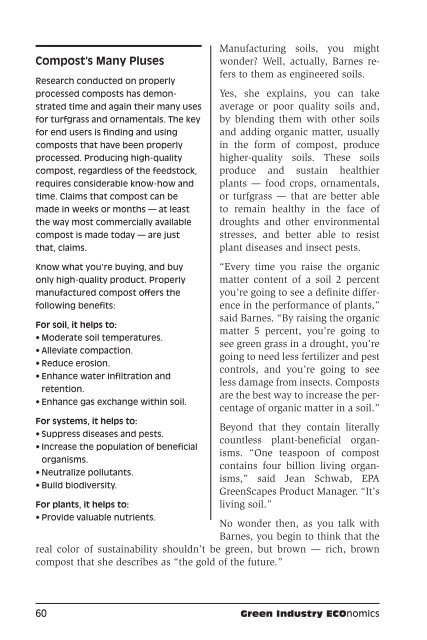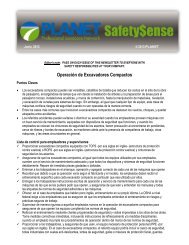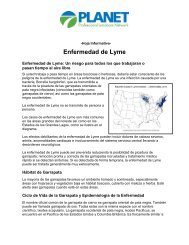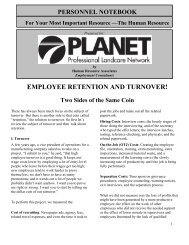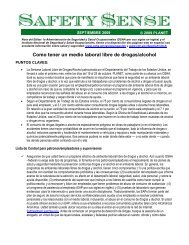Green Industry ECOnomics - LandcareNetwork.org
Green Industry ECOnomics - LandcareNetwork.org
Green Industry ECOnomics - LandcareNetwork.org
You also want an ePaper? Increase the reach of your titles
YUMPU automatically turns print PDFs into web optimized ePapers that Google loves.
Compost’s Many Pluses<br />
Research conducted on properly<br />
processed composts has demonstrated<br />
time and again their many uses<br />
for turfgrass and ornamentals. The key<br />
for end users is finding and using<br />
composts that have been properly<br />
processed. Producing high-quality<br />
compost, regardless of the feedstock,<br />
requires considerable know-how and<br />
time. Claims that compost can be<br />
made in weeks or months — at least<br />
the way most commercially available<br />
compost is made today — are just<br />
that, claims.<br />
Manufacturing soils, you might<br />
wonder Well, actually, Barnes refers<br />
to them as engineered soils.<br />
Yes, she explains, you can take<br />
aver age or poor quality soils and,<br />
by blend ing them with other soils<br />
and adding <strong>org</strong>anic matter, usually<br />
in the form of compost, produce<br />
higher-quality soils. These soils<br />
produce and sustain healthier<br />
plants — food crops, ornamentals,<br />
or turfgrass — that are better able<br />
to remain healthy in the face of<br />
droughts and other environmental<br />
stresses, and better able to resist<br />
plant diseases and insect pests.<br />
Know what you’re buying, and buy “Every time you raise the <strong>org</strong>anic<br />
only high-quality product. Properly matter content of a soil 2 percent<br />
manu factured compost offers the you’re going to see a definite dif ference<br />
in the performance of plants,”<br />
following benefits:<br />
said Barnes. “By raising the <strong>org</strong>anic<br />
For soil, it helps to:<br />
matter 5 percent, you’re going to<br />
• Moderate soil temperatures.<br />
see green grass in a drought, you’re<br />
• Alleviate compaction.<br />
going to need less fertilizer and pest<br />
• Reduce erosion.<br />
controls, and you’re going to see<br />
• Enhance water infiltration and<br />
less damage from insects. Composts<br />
retention.<br />
are the best way to increase the percen<br />
tage of <strong>org</strong>anic matter in a soil.”<br />
• Enhance gas exchange within soil.<br />
For systems, it helps to:<br />
Beyond that they contain literally<br />
• Suppress diseases and pests.<br />
countless plant-beneficial <strong>org</strong>anisms.<br />
“One teaspoon of compost<br />
• Increase the population of beneficial<br />
<strong>org</strong>anisms.<br />
contains four billion living <strong>org</strong>anisms,”<br />
said Jean Schwab, EPA<br />
• Neutralize pollutants.<br />
• Build biodiversity.<br />
<strong>Green</strong>Scapes Product Manager. “It’s<br />
For plants, it helps to:<br />
living soil.”<br />
• Provide valuable nutrients.<br />
No wonder then, as you talk with<br />
Barnes, you begin to think that the<br />
real color of sustainability shouldn’t be green, but brown — rich, brown<br />
compost that she describes as “the gold of the future.”<br />
60 <strong>Green</strong> <strong>Industry</strong> <strong>ECOnomics</strong>


